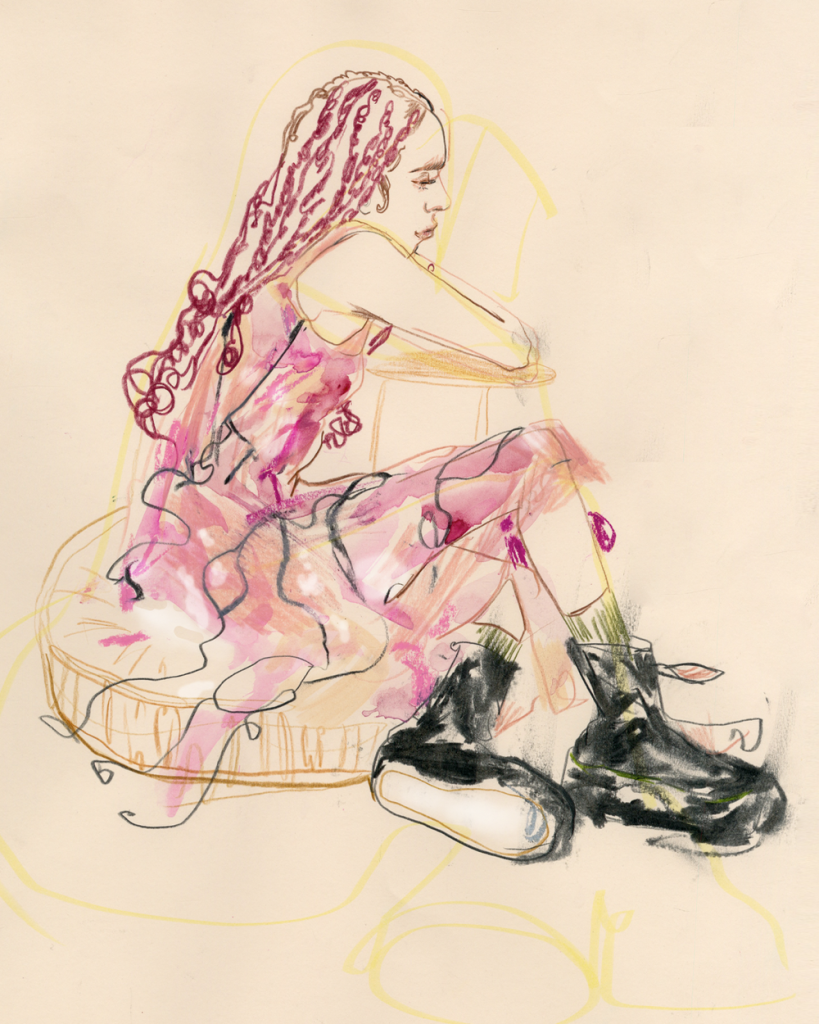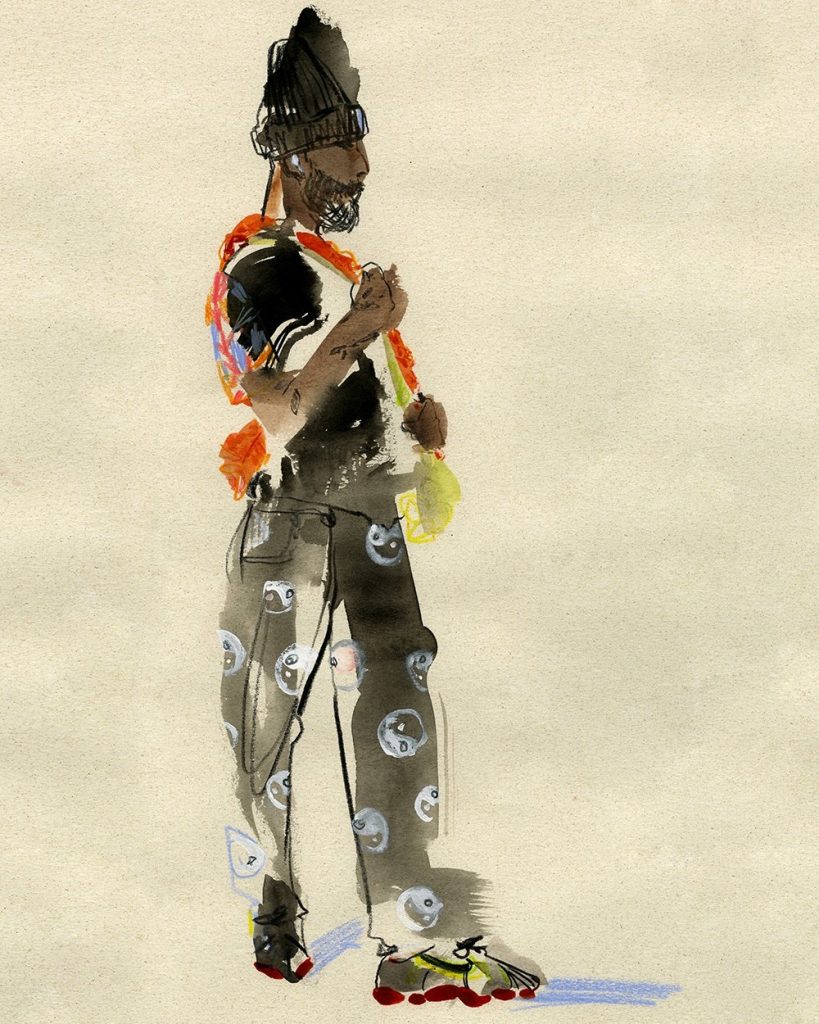Unpacking the brand positioning of being diversely culturally inspired and taking locality as inspiration a little further;
What does it mean to use these sources of inspiration as a starting point for clothing/brand design.
Using something as inspiration, does not mean the outcome will be a literal translation of that which has been the starting point (inspiration). It rather means that a source (of inspiration) has become seminal in the thoughts process, helping in forming a certain cohesion in thought, concept and creation. Although the final outcome does not necessarily need to have any resemblance or visual/physical queue to what has been used as a source of inspiration, the mention of the inspiration also can’t be frivolous. When the source of inspiration is an important factor to the design or positioning and is communicated as such, the synergy between inspiration and final product has to be relevant to some degree for it to be convincing.
Then, the question is; does the brand positioning need to be linked to the sources of inspiration? Or rather; is that which is described as the source of inspiration actually what is the starting point of the clothing designs, or is it a bogus attempt to be more culturally relevant? Here it becomes important to remind yourself that “using something as inspiration, does not mean the outcome will be a literal translation of that which has been the starting point (inspiration)”. And if [BRAND NAME]’s HOW (being diversely culturally inspired) and WHY (challenging the globalised (homogenised) world/industry) are genuine, there needs to be no fear as such.
Is it cultural appropriation to use these sources of inspiration?
Although genuine, are these diverse cultural inspirations and the use thereof for brand positioning (outside of those cultural environments) appropriate? Or is it a sort of cultural appropriation and therefor inappropriate? It depends on how literal the translation is between source of inspiration and creative output. It also depends on the way it’s translated into something new. When inspiration is used properly to create something entirely new, it would be appropriate as what is being made doesn’t pertain to be of that which is used as inspiration. However, if what is being made is leaning more to a copy, it wouldn’t be as appropriate. This is about (cultural) ownership and representation.
“Creativity is the focused combination of unlikely things. Your mind locks onto a certain element and then searches widely for something unexpected that fits with it. What can scuba diving teach you about agriculture? What can trees teach you about public speaking? There is always some connective tissue between disciplines. If you wish to be more creative, look for the connections between two previously unconnected things.”
by James Clear, as found in his 3-2-1 newsletter
True creativity comes from being inspired, which means you make connections between unlikely things and use that as the starting point for the creation of new things. Therefor, cultural inspiration is fine and appropriate, as long as it leads to something genuinely new and is done so with respect to it’s source.



